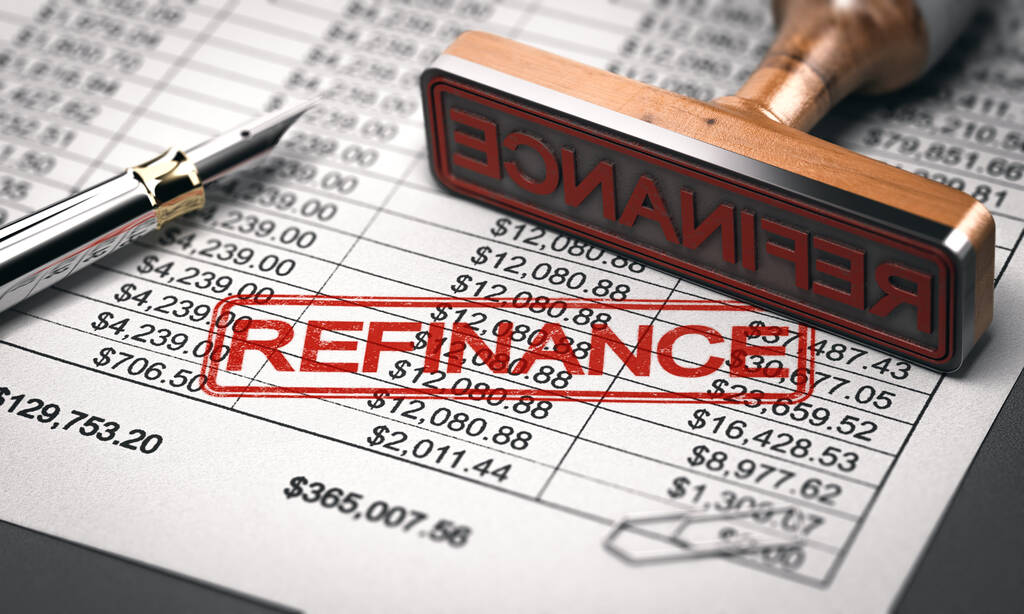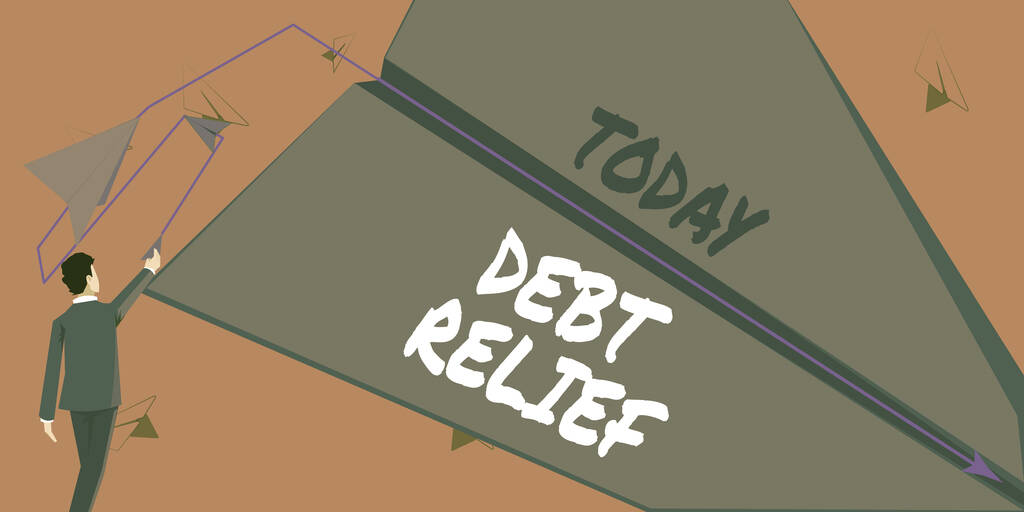Debt Consolidation is a process of combining multiple debts into one single loan with the goal of reducing monthly payments and ultimately paying off debt faster. It can be an effective way to manage debt, by streamlining multiple high-interest loans or credit cards into a single, lower-interest loan with one regular payment.
A debt consolidation plan involves taking out a new loan to pay off existing debts. This new loan typically has a low interest rate and/or longer repayment period than the original loans or credit cards.
By consolidating debts, you can save time on making multiple payments each month and reduce the amount of money spent on interest each month. The ultimate goal is to pay off all debt faster while spending less money in interest over time.
When considering debt consolidation, it’s important to understand both the pros and cons before making any decisions about how best to manage your finances.

On one hand, it can help simplify your budget by reducing monthly payment obligations into one regular payment with potentially lower interest rates than what was originally owed on individual accounts; however, depending on how much you owe and which option you choose for consolidation (e.g., personal loan versus balance transfer credit card), this could also result in paying more overall due to fees associated.
Benefits of Debt Consolidation

Debt consolidation is an increasingly popular option for people struggling to manage multiple debts. This financial strategy involves combining all of your outstanding debt obligations into one single loan, typically with a lower interest rate and more affordable payments. Consolidating your debt can help you pay off what you owe faster and improve your credit score.
One of the main advantages of consolidating debt is that it simplifies the repayment process. Instead of juggling several different bills each month, you only have to keep track of one payment amount and due date. This makes managing your finances much easier and reduces the risk of late or missed payments which could hurt your credit score.
Another benefit is that consolidating debt can often reduce what you owe in interest payments over time.
Many lenders will offer better terms on a consolidated loan than they would on separate debts, so by combining them into one payment you can save money in the long run while also paying down principal faster as more money goes towards paying off the balance instead of just covering interest charges each month.
If done correctly, debt consolidation also has the potential to improve your credit score over time as well since it shows creditors that you’re taking steps to manage your finances responsibly by reducing overall balances owed while simultaneously making consistent.
Also Read: Ecommerce Business Model During Holidays
Types of Debt Consolidation Options
There are many different types of debt consolidation options available to help individuals manage and eliminate their debt.
From personal loans canada to balance transfers, debt consolidation can offer a great way to simplify your finances and reduce the amount of interest you’re paying.
- Personal Loans: A personal loan is a type of unsecured loan that can be used for any purpose, including consolidating debts. When you take out a personal loan for debt consolidation, you’ll receive one lump sum payment at the beginning that must be repaid over a fixed term with fixed monthly payments. Personal loans typically have lower interest rates than credit cards or other revolving loans, making them an attractive option if you need to consolidate multiple high-interest debts into one single payment.
- Balance Transfers: Balance transfers allow borrowers to transfer existing balances from high-interest credit cards onto another card with a lower rate or zero percent interest rate (for a certain period of time). These offers are popular because they allow borrowers to save money on interest payments while also consolidating their debts into one manageable payment each month. It is important to note that balance transfers often come with fees, so it is best to calculate if the savings in interest outweighs any potential fee costs before proceeding.
Factors to Consider When Choosing a Plan
When it comes to choosing a plan, there are several factors that you should consider. A plan can be anything from a health insurance plan to an investment plan, and each of these plans has its own set of considerations.
Here are some key factors to keep in mind when selecting a plan.
- Cost: Cost is likely the most important factor for many people when it comes to selecting a plan. It’s important to understand the total cost of your chosen option and compare different plans in order to find one that fits your budget. In addition, consider any additional costs like copays or deductibles that may be associated with your chosen option.
- Coverage: When looking at different plans, make sure you understand what type of coverage is included in each one and if there are any exclusions or limits on what’s covered by the policy. This will ensure you get the right protection for your needs without spending too much money on unnecessary features or benefits.
- Flexibility: Depending on your circumstances, you may need a certain level of flexibility from your chosen plan. Consider whether a particular option allows for customization so you can make changes as needed or if there are restrictions that would limit how much control you have over the details of the policy. Also check if the platform has digital features like eVault, digital mortgage, etc, so that you can get things done in a faster time.
Common Questions About Debt Consolidation Plans
Debt consolidation plans are becoming increasingly popular for those looking to manage their debt and reduce their monthly payments.
While the idea of consolidating all of your debts into one manageable loan may sound appealing, there are a few things you should consider before making a decision.
Here, we’ll answer some of the most common questions about debt consolidation plans to help you make an informed decision.
What is Debt Consolidation?
Debt consolidation is the process of combining multiple debts into one single loan with a lower interest rate than what you’re currently paying on your existing loans or credit cards. The goal is to simplify repayment by having just one loan payment each month instead of several separate payments.
Most debt consolidation loans are secured against assets such as your home or car, so it’s important that you understand any additional risks associated with taking out these types of loans before proceeding with a debt consolidation plan.
How Does Debt Consolidation Work?
When consolidating your debts, you’ll take out a new loan from a lender (such as a bank or online lender) and use it to pay off all your existing debts in full. This means that once you have paid off all other creditors, the only loan left to repay will be the new one taken out
Steps for Setting Up a Debt Consolidation Plan
Debt consolidation can be a great way to help manage your debt, as it can streamline payments and make them easier to manage. However, it’s important that you understand the
Step 1: Calculate Your Financial Situation
The first step in setting up a debt consolidation plan is to take an honest look at your financial situation.
Calculate how much money you owe and what kind of interest rates you’re paying on each loan or credit card balance. Knowing these numbers will help you determine if consolidating your debts is the right move for you.
Step 2: Research Different Debt Consolidation Options
Once you have an understanding of your current financial situation, the next step is to research different debt consolidation options available to you.
There are several different ways that people consolidate their debts, including taking out a personal loan or using a balance transfer credit card with a 0% introductory APR period. Consider all of the options available and which one makes the most sense for your needs and budget.
Step 3: Choose A Debt Consolidation Company Or Lender
If you decide that taking out a loan or using a balance transfer credit card is the best option for consolidating.
Also Read: 5 Reasons Why React Native is Suitable for Mobile App Development
Conclusion
Debt consolidation plans can be a great way for people to manage their debt and get a better handle on their finances. It allows them to consolidate multiple debts into one manageable payment, so they can simplify their finances and become debt free faster.
The plan also helps them save money by reducing the interest rate associated with their debt, so that more of each payment goes towards paying down the principal loan amount.
Ultimately, a debt consolidation plan can help individuals take control of their financial situation and achieve financial freedom much sooner than they would have without it.

